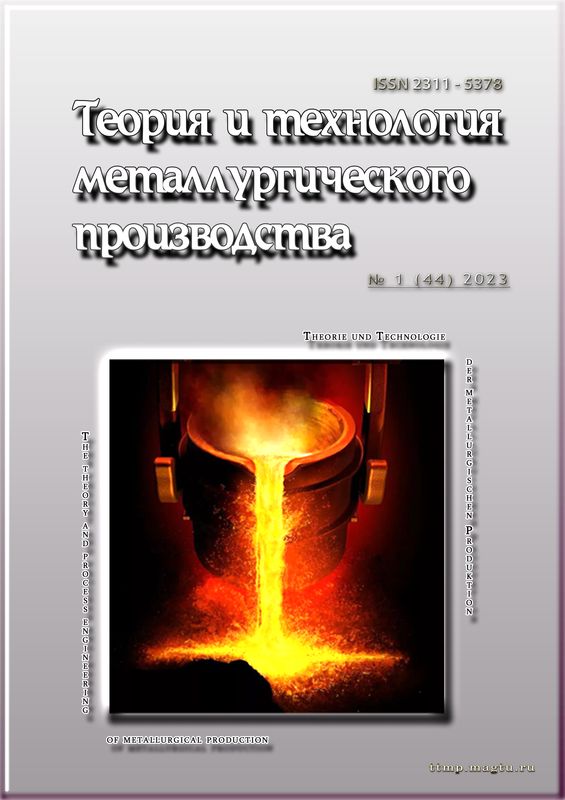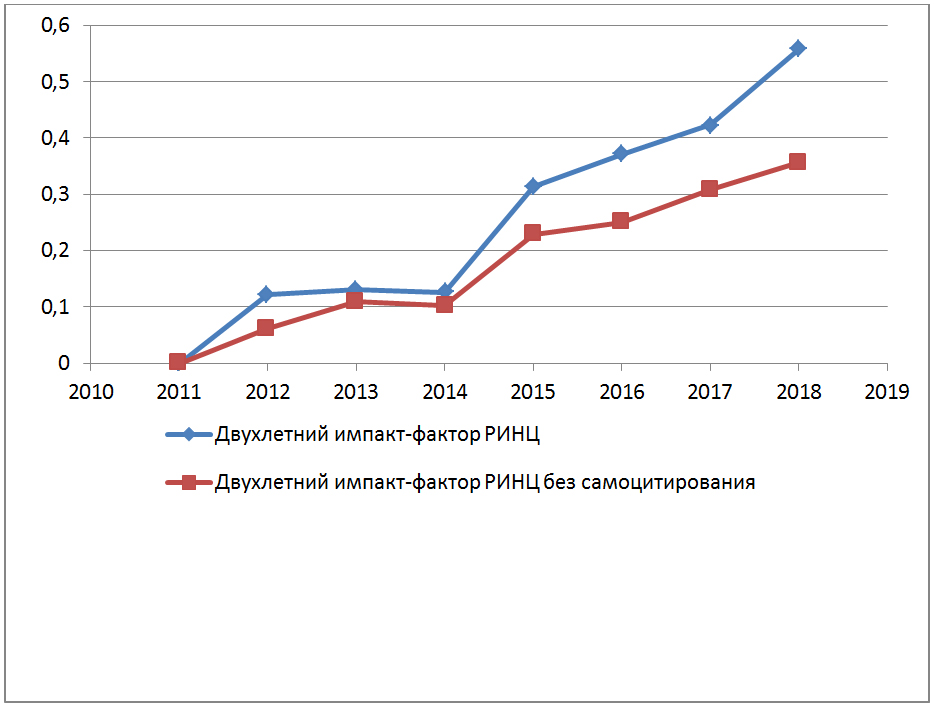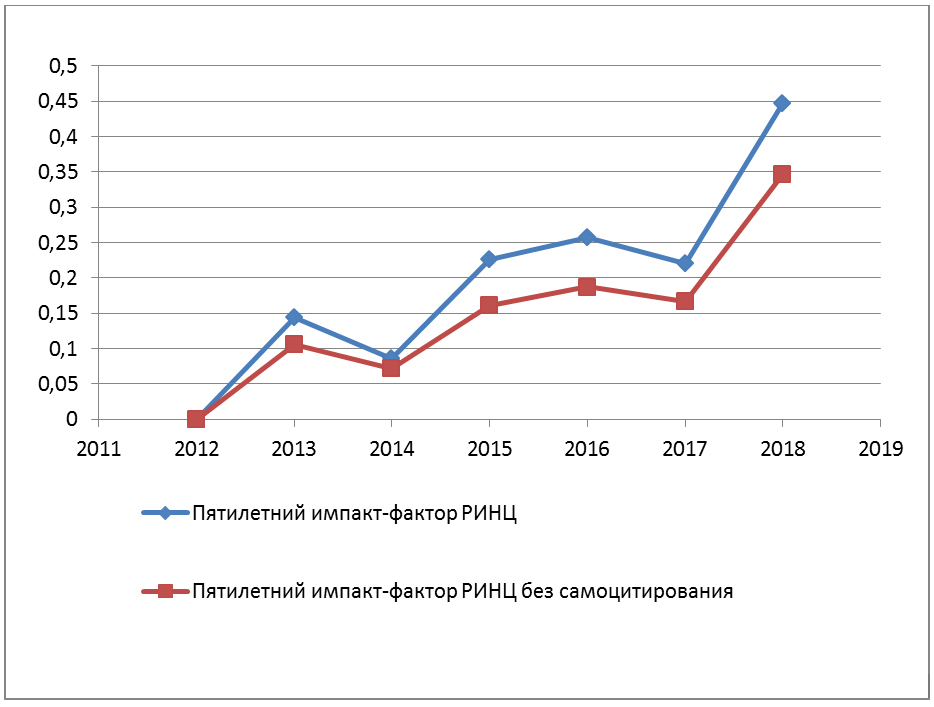Abstract
In the work the technology of metal carburization during production of high-carbon steel (80 grade) was analyzed. Metal carburization is carried out in two stages. At the first stage - in the process of tapping the semi-product from a double-bath steelmaking unit (DSU) into ladle by introducing about 85% of the total amount of USM-99 carburizer (carbon-containing material or artificial graphite with a fraction of 3-10 mm) containing 99% carbon. At the second stage, the carbon content in steel is adjusted during ladle processing on a ladle-furnace unit (LAF) using the USM-99 additive and flux-cored wire with 99.05% carbon. The work analyzed an array of production data from 26 heats of grade 80 steel. Statistical processing of digital data made it possible to establish the temperature regime of steel production. Data are presented on changes in carbon and sulfur content during the production process, and metal oxidation at the automatic transmission. An analysis of the influence of various factors on carbon assimilation was carried out for each stage of metal carburization. It was established that an increase in the temperature of the produced metal negatively affects the assimilation of carbon: at a temperature of no more than 1630°C, the assimilation was 77.6%, and at a higher temperature - 72.2%. Therefore, it is recommended to produce metal from DSA at a temperature no higher than 1630°C. When ladle processing of metal on the automatic transmission machine, the dependence of carbon assimilation on the temperature of the metal upon arrival at the automatic transmission machine was obtained. To obtain higher carbon assimilation (from 78 to 89%), it is recommended to have the temperature of the metal upon arrival at the automatic transmission in the range of 1540–1560°C.
Keywords:
steel, high-carbon, ladle, ladle-furnace unit, carburizer, carbon assimilation.





